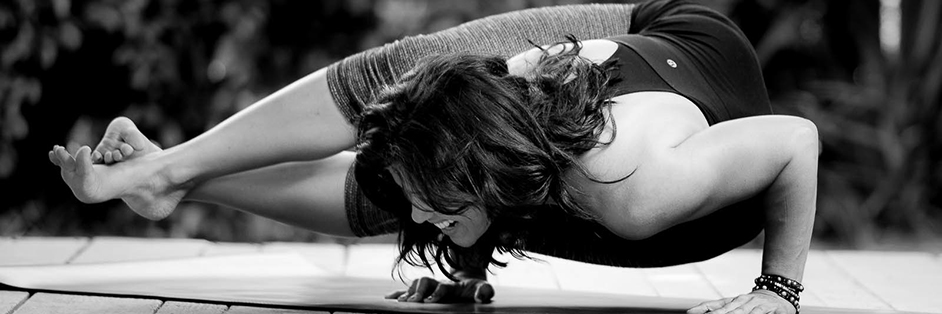Mirror Mirror
This morning, me and my fellow Mysoreans were led through the Ashtanga Primary Series by my teacher, Erika Abrahamian. Since Erika only teaches the led practice to us once a month (there is a led practice every Sunday for all comers), she usually starts off with a little bit of observation of what she has witnessed in the Mysore Room. Today, she spoke of how she has noticed that practioners are not staying on their mats but seem to leave the room a little too often. The practice, she notes is like a mirror. It shows us where we are stuck. It is our job to notice and continue with the practice.
As my teacher spoke, I thought of the fairytale, Snow White. Unlike the magical mirror in the story, the practice doesn’t mirror back ONLY what we want to see; it shows us EVERYTHING. However, if we interrupt our practice when the stuff starts showing up, we don’t get to the benefit of this knowledge. Consequently, we don’t work through it because we choose not to see it.
I’ve certainly been guilty of escaping the discomfort my practice shows me. Although I may not get up and leave the room, my attention often drifts from my own mat to those around me. I am NOT looking for the fairest one of all. I *am* looking for an escape – and my teacher sometimes calls me on it, “Eyes, Julie.” Sometimes, I don’t even know that I am doing it. But I am! The fact that I notice when someone skips a pose or two, or leaves their mat for the 3rd time, is a sign that I am not fully present with the task at hand.
On the other hand, on those days when I am surprised to find the room has filled up when we pause for the group chant, or when I move my mat to the back of the room for closing, that I find I have the most benefit from my practice. I am calmer in the face of the storms that follow as my day unfolds. And later, when I face my own reflection in front of the bathroom mirror, I am able to appreciate the image I am faced with. For she may very well be the fairest in all the land*.
*the land of Juls, that is.
Breath, Bandhas and Blessings
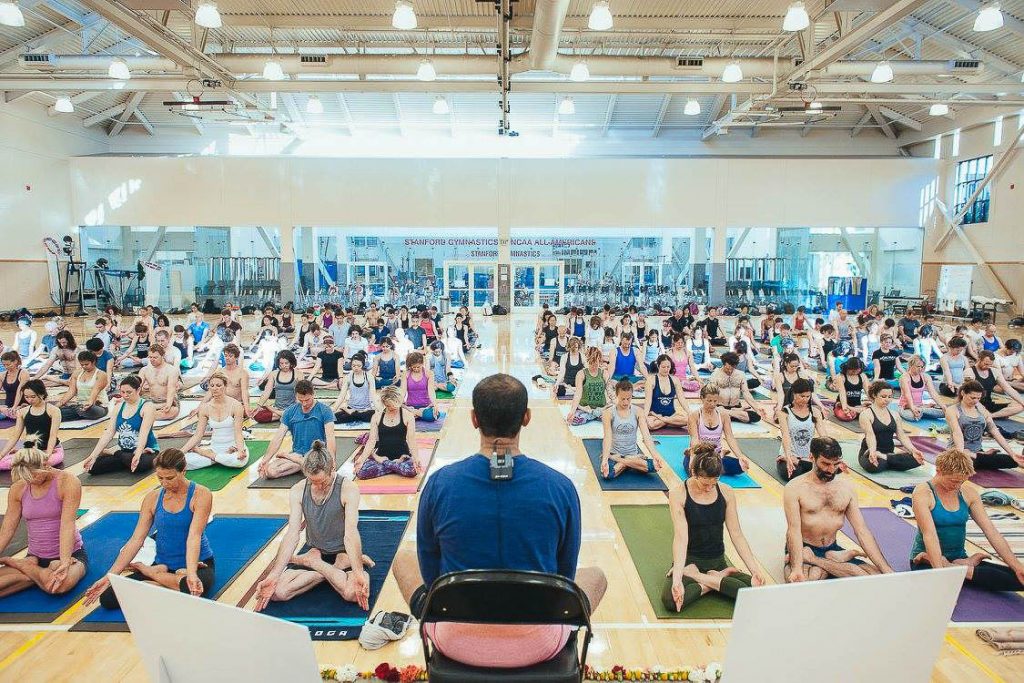
For the 2nd year in a row, I’ve been privileged to be able to practice with Sharath Jois. It was an intimate affair with just me and about 200 other ashtangis. 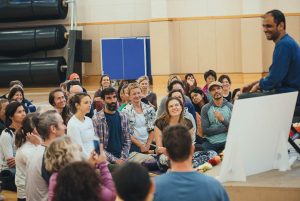
Although the asana practice was no different than the same poses I’ve been doing for the past 5 years, I emerged with a little richer understanding of “the practice.”
Until I am able to go to mysore, India to study, I am thrilled that Sharath is willing to come to the US.
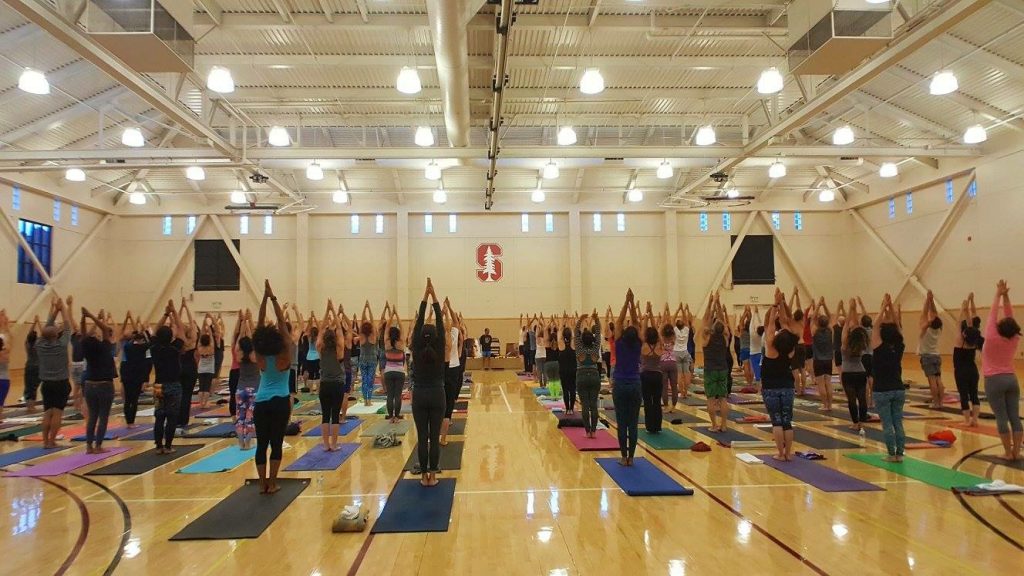
Off the Mat
In our daily practice, we learn to deal with discomfort and dis-ease, we attempt to find balance, and we cultivate dedication… among other things. All of it is practice for the real deal: when we roll up our mats and go out into the world to be all that we are (including parents).
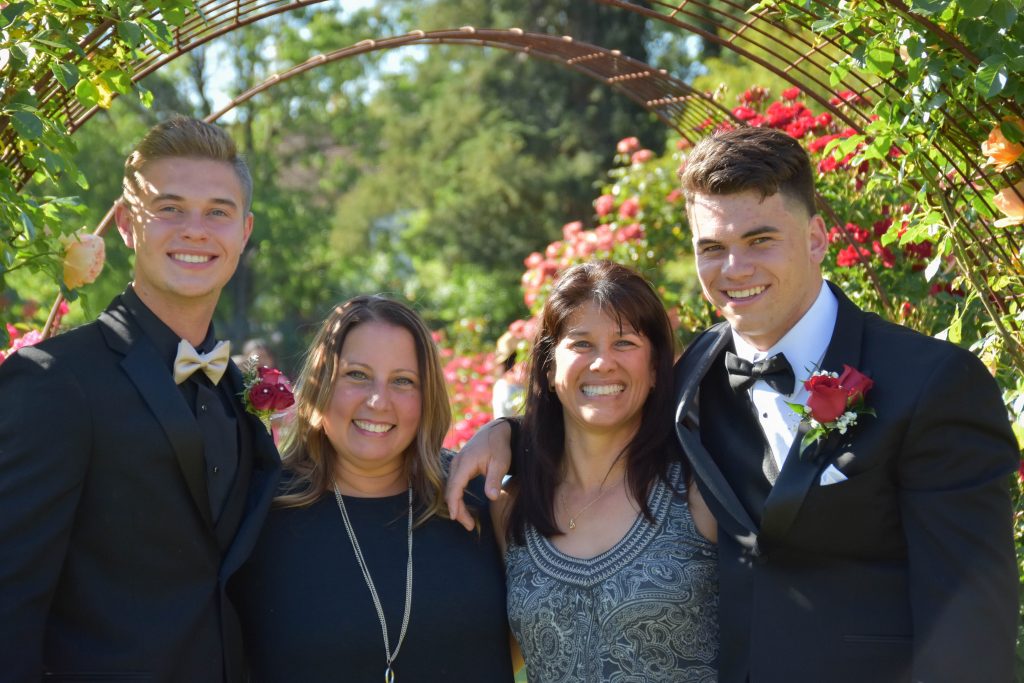
Yoga is not simply the shapes we form with our bodies while we are on our mats. It is a way of life.
Something to Embrace
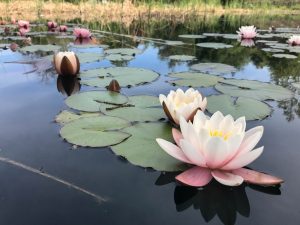 They say that there is beauty lurking just under the surface of what appears to be nothing more than muddy waters. One need only turn to the lotus flower as it emerges from the mirky waters to appreciate this idea.
They say that there is beauty lurking just under the surface of what appears to be nothing more than muddy waters. One need only turn to the lotus flower as it emerges from the mirky waters to appreciate this idea.
I am still in search of the beauty lurking beneath the painful insides and bulging exterior of my body. As I enter into menopause, with my last lady’s holiday in November 2016, I notice that I am having a harder and harder time finding the good amid the bad. The only thing that I see emerging are pimples and an ever expanding waistline. All I feel is pain and immense stiffness.
Rolling out my mat for my daily yoga practice has never been more important. The practice does not make the pain completely go away. It does not melt away the extra pounds or clear the facial complexion.
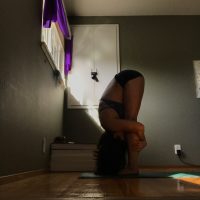 What is does do, is allow me to shift my attention to the areas that feel good, so that I am able to notice that the pain is not as widespread as it often feels.
What is does do, is allow me to shift my attention to the areas that feel good, so that I am able to notice that the pain is not as widespread as it often feels.
It may not sound like much but it is. I am grateful that I have the practice. It’s something to embrace.
Therefore, I do just that.
overcoming obstacles
I am a little surprised that my home mysore program is not jazzed about Paramaguru Sharath Jois’ US Tour. While discussing who was going, the idea that being taught in a group as large as the expected turn-out at the Stanford event was perceived as too impersonal to be useful. While I may have once worried about that, I was certainly surprised to have experienced Sharath’s direct eye contact and instruction “head up ONLY”. These little subtle distinctions in the practice may seem trivial and unimportant, however, I did notice that the change contributed to an easier transition from pose to pose.
I described the cool energy of practicing from the source of the lineage in addition to being with the Ashtangis from all the nearby yoga studios. Soon after, someone mentioned that they preferred to practice with the old-school teachers rather than those of the new school of Ashtanga-related thinking. I couldn’t help but wonder why anyone would think that Sharath was somehow not as Ashtanga-authentic as Richard Freeman or one of the other “old-school” Ashtanga teachers? As the grandson of Sri K. Pattabhi Jois, he certainly was exposed to the same teachings as the older teachers of the practice. And even now, the group of teachers they deem more authentic return to KPJAYI for Sharath’s guidance for their own practice.
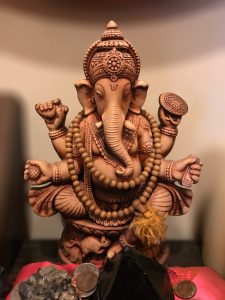 Meanwhile, I’ve got my own mat work (unrelated to Sharath or any other teacher) to attend to. I had a chiropractic adjustment not too long ago. Once again, my L5 vertebrae has found its way out of alignment (rotating around and pulling my pelvis around on one side as well). As you may imagine, it’s rather uncomfortable and, more recently, the discomfort has trended up to the mid-thoracic region as well. Sadly, it tends to be a relatively new pattern (approx. 6 months) that I am having to contend with. I need to figure out what I am doing to encourage the misalignment pattern and break from it.
Meanwhile, I’ve got my own mat work (unrelated to Sharath or any other teacher) to attend to. I had a chiropractic adjustment not too long ago. Once again, my L5 vertebrae has found its way out of alignment (rotating around and pulling my pelvis around on one side as well). As you may imagine, it’s rather uncomfortable and, more recently, the discomfort has trended up to the mid-thoracic region as well. Sadly, it tends to be a relatively new pattern (approx. 6 months) that I am having to contend with. I need to figure out what I am doing to encourage the misalignment pattern and break from it.
While I must break the tendency from only my L5 vertebrae to get stuck in rotation, I must also relearn Pasasana (Noose Pose) so that I can teach it for my teacher training test out. It’s ironic that I have been asked specifically to teach this pose — which has been known to be an obstacle to moving forward in the practice. Like Lord Ganesha, who shows us the obstacles that we have tried to steer clear of, Pasasana does the same. We must go within to find equanimity and approach the pose with just the right balance of effort and ease, twist and length. I suspect that the physical pattern (or obstacle), that I am seeking to free myself of, requires the same level of balance and exploration. For this, I must become my own teacher and possibly explore both old-school and innovative approaches to the practice to find my way out of discomfort in the noose which I have created for myself.

